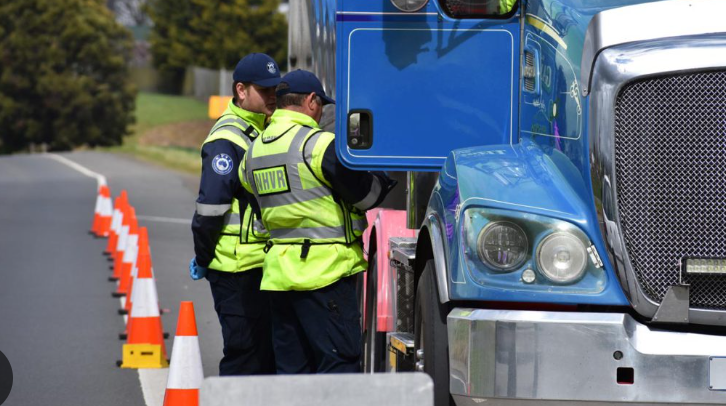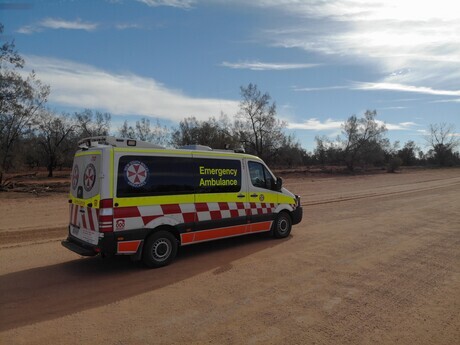Fatigued truckies running on empty
Kristin Murdock
28 June 2025, 7:40 AM

Fatigue continues to take a devastating toll on regional Australian roads, with a steep rise in deaths and new inspection data showing driver fatigue is far from under control.
A recent safety operation by the National Heavy Vehicle Regulator (NHVR) has revealed just how widespread the issue remains among freight operators.
Operation Omega II, held over Easter 2025, saw 2,985 heavy vehicles pulled over across the NSW, SA, Victoria, Queensland and Tasmania.
Of those,131 were found to have breached fatigue-related requirements.
There were 426 intercepts each day during Operation Omega II, ensuring drivers both understood how to manage their fatigue and were compliant with the law.
Of the 2,985 intercepts conducted throughout the week-long safety operation, 131 were found to be non-compliant with fatigue requirements in some way.
Alarmingly, these figures were comparatively higher than the 182 total fatigue actions taken during the earlier Operation Omega held over last Christmas, which involved more than 4,500 inspections.
Of the 182, 17 breaches were regarded as critical.
NHVR Chief Operations Officer Paul Salvati said the figures of the latest operation should serve as a wake-up call.
“To put it simply, that’s 131 instances where we could have seen potential tragedy occur on our roads, had our Safety and Compliance Officers not intervened,” he said.
Operation Omega II resulted in 46 critical fatigue breaches - the most severe category - where drivers were caught working too long or falsifying logbooks.

Australia relies heavily on trucks for freight and transportation across vast distances, but safety is paramount and fatigue is a dangerous passenger. (Image: Mack Trucks)
“Fatigue continues to pose one of the most serious safety risks in the heavy vehicle industry and is a known contributor to road trauma,” Mr Salvati said.
“It only takes a momentary lapse in concentration for lives to be lost or forever changed.”
It’s a problem being felt close to home.
According to the NSW Government, fatigue-related road deaths rose by 47 per cent in 2024.
Of the 78 lives lost last year, 69 were in regional communities.
Minister for Regional Transport and Roads, Jenny Aitchison, said the danger for drivers of smaller vehicles is also magnified on country roads.
“Driving on country roads often involves long distances, higher speeds and sharing the road with heavy vehicles, so the fatigue risk is much greater,” she said.
Despite making up just two per cent of motor vehicle registrations in NSW, heavy vehicles were involved in more than a quarter of all fatigue-related fatalities last year.
According to the Australasian College of Road Safety, fatigue is responsible for up to 30 per cent of fatal crashes in Australia.
The College says one of the most effective tools is also the simplest: a power nap.
“A short 10–20 minute nap can significantly improve alertness and reaction times, helping you stay safe behind the wheel,” the organisation said.
Mr Salvati agrees that enforcement is just one part of the puzzle.
“Drivers who feel pressured to drive while fatigued should call the NHVR’s Heavy Vehicle Confidential Reporting Hotline on 1800 931 785,” he said.
With freight pressures increasing and driver shortages worsening, safety authorities are pleading with road users, especially those in the bush, to stop, rest, and reset.
The message is simple - don’t push through the tiredness.
Pull over.
It may save you from a lifetime of regret.



